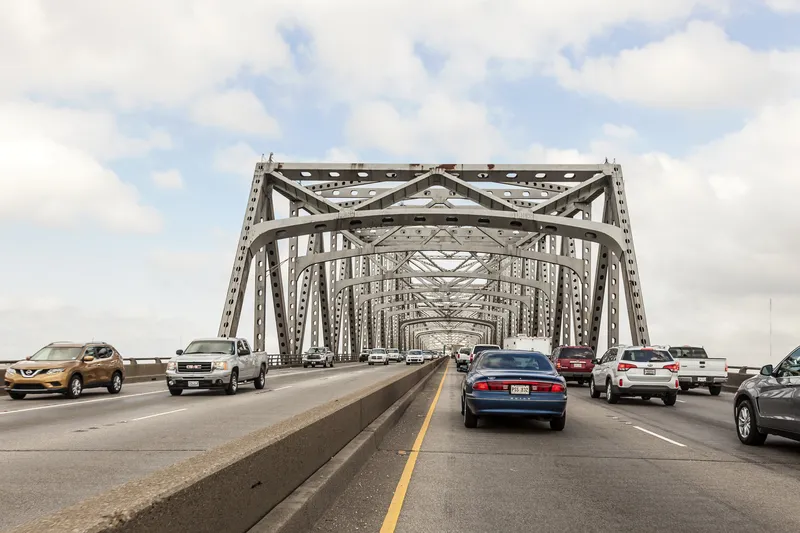Opened on 17 November, the fourteen-mile corridor of new high occupancy toll (HOT) lanes in Northern Virginia from the Springfield Interchange to just north of the Dulles Toll Road on the Virginia side of the Capital Beltway provides drivers with a faster, more predictable trip on the Capital Beltway. The 495 Express Lanes project supported more than 16,000 jobs and generated nearly US$3.5 billion of economic impact state-wide. Intelligent Transportation Systems (ITS) provider Open Roads Consulting (Open R
December 11, 2012
Read time: 2 mins
Opened on 17 November, the fourteen-mile corridor of new high occupancy toll (HOT) lanes in Northern Virginia from the Springfield Interchange to just north of the Dulles Toll Road on the Virginia side of the Capital Beltway provides drivers with a faster, more predictable trip on the Capital Beltway. The 495 Express Lanes project supported more than 16,000 jobs and generated nearly US$3.5 billion of economic impact state-wide.
Intelligent Transportation Systems (ITS) provider5660 Open Roads Consulting (Open Roads) collaborated with the 1747 Virginia Department of Transportation (VDOT) and roads operator 600 Transurban to develop an interface that integrates the 495 Express Lanes Transportation Management System (TMS) and the Northern Virginia Public Safety and Transportation Operations Center (PSTOC) Advanced Transportation Management System.
The system, OpenTMS Enterprise System, was developed and deployed by Open Roads. The interface is designed to share different types of data between the two systems: incidents, work zones, DMS (dynamic message sign), traffic sensor, travel time, and weather station data. Open Roads worked closely with VDOT and Transurban to define the system interface requirements, software functional requirements, current user interface to incorporate the HOT lanes information for use by the PSTOC management and staff. VDOT and Open Roads have made tremendous efforts to create situational awareness to deliver improved safety and travel times to the motoring public in the region.
Governor Bob McDonnell participated in an opening event celebration in Tysons Corner with elected officials, media and key project personnel to commemorate the opening of the new traffic solution. He commented that the opening of the 495 Express Lanes means opportunity for Virginia as the project not only helped create jobs during construction, but will continue to make Northern Virginia a more attractive place to work and live. He also stated that the Express Lanes will open the region for business by providing better access to key employer centers and delivering the infrastructure needed to grow businesses and create additional jobs.
Intelligent Transportation Systems (ITS) provider
The system, OpenTMS Enterprise System, was developed and deployed by Open Roads. The interface is designed to share different types of data between the two systems: incidents, work zones, DMS (dynamic message sign), traffic sensor, travel time, and weather station data. Open Roads worked closely with VDOT and Transurban to define the system interface requirements, software functional requirements, current user interface to incorporate the HOT lanes information for use by the PSTOC management and staff. VDOT and Open Roads have made tremendous efforts to create situational awareness to deliver improved safety and travel times to the motoring public in the region.
Governor Bob McDonnell participated in an opening event celebration in Tysons Corner with elected officials, media and key project personnel to commemorate the opening of the new traffic solution. He commented that the opening of the 495 Express Lanes means opportunity for Virginia as the project not only helped create jobs during construction, but will continue to make Northern Virginia a more attractive place to work and live. He also stated that the Express Lanes will open the region for business by providing better access to key employer centers and delivering the infrastructure needed to grow businesses and create additional jobs.










